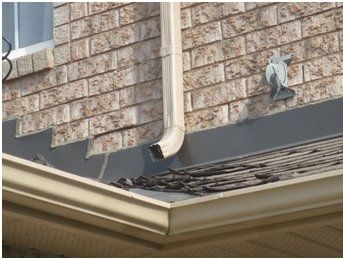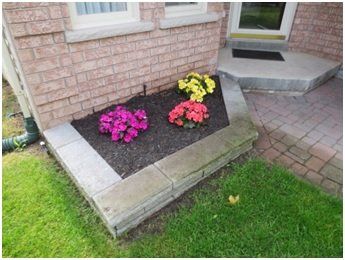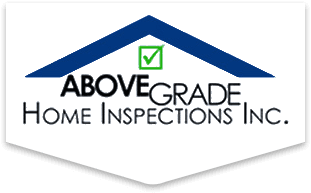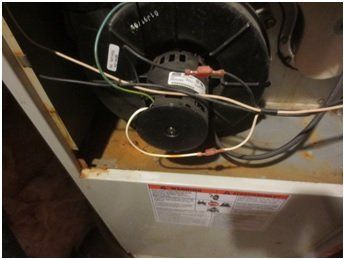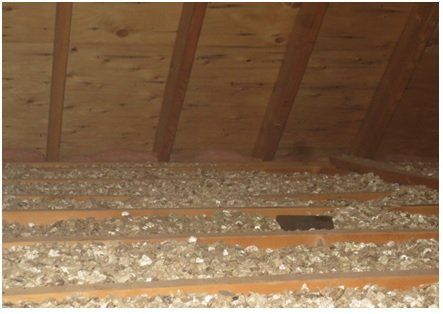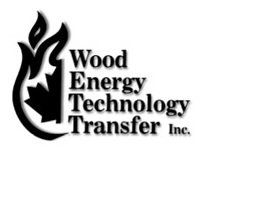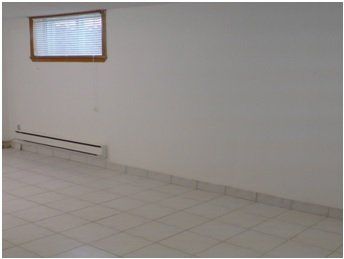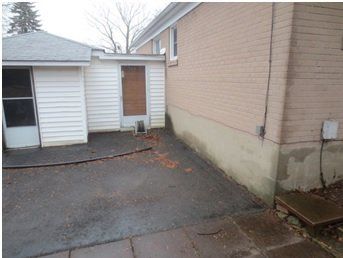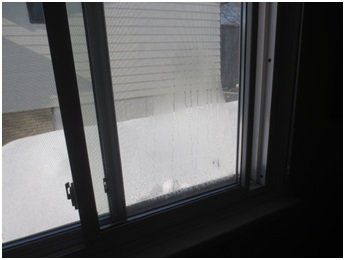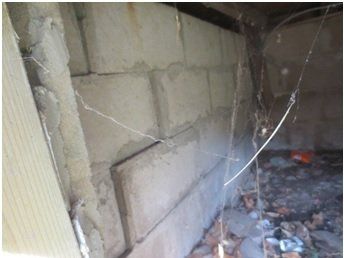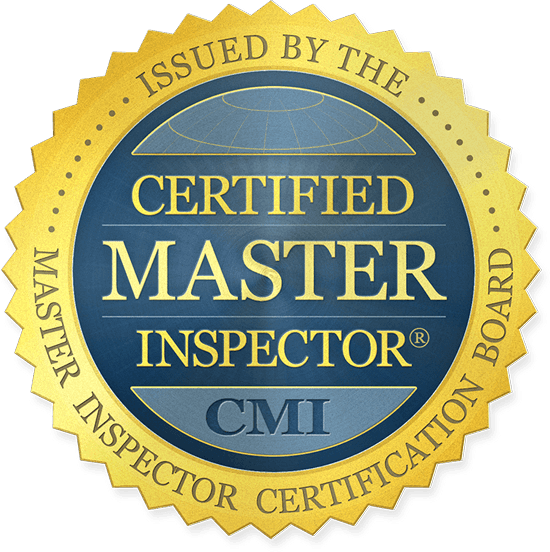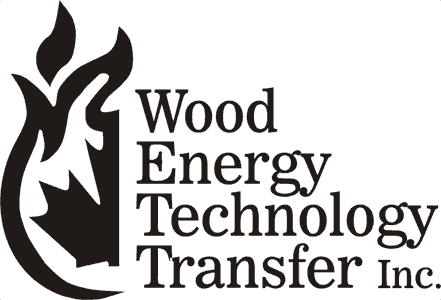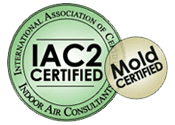High
efficiency furnaces have gained a lot of popularity over the last 15 years or
so. Pretty much any home built within the last 8-10 years has come equipped
with one, and with efficiency ratings hovering around 95+%, it makes sense to
have one installed considering the costs associated with home heating these
days. As good as high efficiency furnaces are, they do have some common
problems, here are a few common issues observed during a home inspection.
Condensate drain loose, plugged up or
leaking. This is actually a very common issue with modern high efficiency
furnaces. It’s not uncommon for a home inspector to remove the furnace cover
and see a puddle of water inside the furnace or evidence of previous leakage
inside the unit, usually a nice rusty patch where the water previously was. In
some cases poor or improper drainage of the condensate can just be a simple
problem that is easily fixed, in some cases it’s a simple repair that almost
any homeowner can deal with. In other more severe cases, the condensate can
accumulate inside the furnace, the inducer fan and also leak onto the circuit
board, which can lead to costly repairs.
If your home inspector
mentions
anything about condensate drainage problems in the inspection report, be sure
to pop off the furnace cover regularly and check for possible leakage problems.
You can also check the drain line and if equipped, the condensate pump to
ensure they are working correctly.
Another
common issue observed on high efficiency furnaces during home inspections is
poor venting. In some cases the venting has too many elbows or isn’t installed
with the correct slope back towards the furnace. In some areas, older black ABS
vent piping must also be upgraded to newer white PEX piping due to a high risk
of glued joints falling apart from heat degradation.
Lastly, another common issue observed
during home inspections is the lack of proper fresh air or combustion air for
the furnace. Building codes vary however in many places the installation of a
fresh air intake is not required on new home builds. The problem with this is
the efficiency of the furnace has now been reduced and that fact that some
homeowners will finish their own basements and not realize that boxing in the
furnace room (which most people do to maximize useful basement space) may now
starve the furnace of the combustion air required for the furnace to operate
properly.
Hopefully this will help bring awareness to
some of the common issues observed with high efficiency furnaces during home
inspections.
Above Grade Home Inspections Inc. performs home
inspections,
WETT
inspections, thermal imaging inspections and
mould
inspections in Barrie and across Simcoe County.
